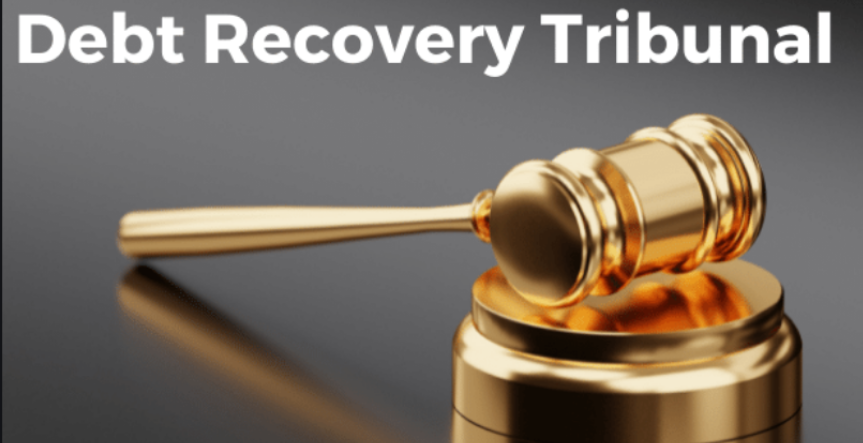Debt Recovery Tribunal
Introduction
The Debt Recovery Tribunal (DRT) was established under the Recovery of Debts Due to Banks and Financial Institutions Act, 1993 (RDDBFI Act) to provide a fast-track mechanism for resolving disputes related to the recovery of debts from borrowers. It is specifically designed to help banks and financial institutions recover their outstanding loans efficiently.
Jurisdiction & Applicability
- DRT deals with cases where the amount of debt exceeds ?20 lakh.
- It primarily handles cases filed by banks and financial institutions against defaulters.
- It does not handle cases related to money lending disputes between private individuals.
Powers of Debt Recovery Tribunal
DRT has civil court powers to:
? Issue summons to the borrower.
? Conduct hearings and examine witnesses.
? Pass orders for recovery of debts, attachment of property, and bank account seizures.
? Grant interim reliefs like stay orders against borrowers.
? Declare wilful defaulters and allow recovery actions under the SARFAESI Act, 2002.
Laws Governing Debt Recovery Tribunal
- Recovery of Debts Due to Banks and Financial Institutions Act, 1993 (RDDBFI Act)
- Allows banks to approach DRT for speedy recovery.
- Securitization and Reconstruction of Financial Assets and Enforcement of Security Interest Act, 2002 (SARFAESI Act)
- Gives banks the power to seize secured assets of defaulters without court intervention.
- Insolvency and Bankruptcy Code, 2016 (IBC)
- Enables lenders to initiate insolvency proceedings against corporate borrowers.
Filing a Case in DRT
Step 1: Application by Bank/NBFC
- The financial institution files a claim under Section 19 of the RDDBFI Act.
- The borrower is served with a summons to respond.
Step 2: Borrower’s Response
- The borrower can contest the claim by presenting their defense and submitting relevant documents.
Step 3: Hearing & Decision
- DRT examines evidence, witnesses, and loan documents.
- The tribunal then passes a recovery certificate directing the borrower to pay the outstanding amount.
Step 4: Recovery Proceedings
- If the borrower fails to comply, the bank can take further steps such as:
- Selling secured assets (property, machinery, vehicles).
- Freezing bank accounts of the borrower.
- Declaring the borrower as a wilful defaulter.
Appeals Against DRT Orders
- A borrower can appeal against DRT’s decision in the Debt Recovery Appellate Tribunal (DRAT) within 30 days.
- The appeal requires a pre-deposit of 50% of the debt amount.
Important Case Laws in Debt Recovery
1. Mardia Chemicals Ltd. v. Union of India (2004)
- Judgment: Borrowers have the right to challenge arbitrary actions taken under SARFAESI Act.
2. Transcore v. Union of India (2006)
- Judgment: Banks can use both SARFAESI Act and RDDBFI Act simultaneously for debt recovery.
3. ICICI Bank v. Official Liquidator (2010)
- Judgment: Secured creditors have priority in asset distribution during liquidation.
Real-Life DRT Cases We Solved
1. Business Loan Default
- Case: A company defaulted on a ?5 crore loan.
- Outcome: DRT ordered asset seizure, and the bank recovered the loan through an auction.
2. Home Loan Non-Payment
- Case: A borrower failed to repay an ?80 lakh home loan.
- Outcome: The property was auctioned, and the bank recovered the dues.
3. Unsecured Loan Dispute
- Case: A business took an unsecured loan of ?1.2 crore and failed to repay.
- Outcome: The company’s bank accounts were frozen for recovery.
Conclusion
The Debt Recovery Tribunal plays a crucial role in helping banks and financial institutions recover bad debts efficiently. With rising loan defaults, DRT and SARFAESI mechanisms have become critical tools in financial litigation.
? Total Cases Solved: 25+
